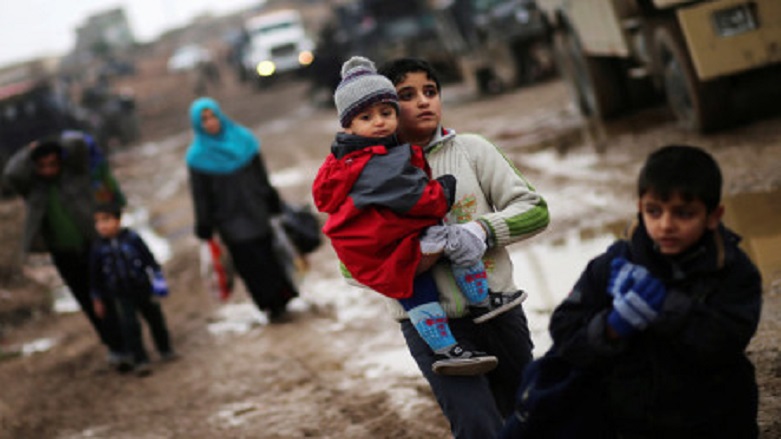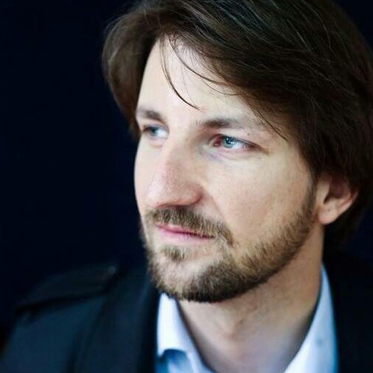Kurdistan still home to 1 million displaced; annual cost nearly $1 billion: KRG

ERBIL (Kurdistan 24) – Just over one million civilians who have fled their homes to escape violence and instability in recent years currently reside in the Kurdistan Region, the latest official numbers released by the Kurdistan Regional Government (KRG) show.
In a report published on Sunday, the KRG said it needs close to $1 billion yearly to sustain aid to both refugees and Internally Displaced Persons (IDPs).
“The KRG is host [to] 242,944 Syrian, 8,506 Turkish, 10,812 Iranian, and 688 Palestinian refugees,” a report by the KRG’s Joint Crisis Coordination Center (JCC) read.
The JCC is part of the KRG Ministry of Interior and is tasked with coordinating all matters related to crisis management and response in the Kurdistan Region.
This year, the Kurdistan Region hosts a total of 1,050,317 individuals, costing nearly $1 billion, indicating a decrease of displaced people compared to a year ago.
Last year, the KRG’s JCC report showed that they hosted a total of 1,509,373 refugees and IDPs costing nearly $2 billion.
Hoshang Mohammed, Director-General of the JCC, told Kurdistan 24 the impact on the Kurdistan Region, its population, and displaced people are direct and severe.
“It is the cause of a ripple effect that will have long-term global consequences,” he stated. “The negative consequences of a displacement crisis of this scale will be generational and accumulate an impact beyond our ability to calculate and cope with.”
Mohammed said the KRG’s lack of access to international financial institutions, including the opportunity to secure loans and funds, has a direct effect on the refugee crisis.
“In the face of such restrictions, the KRG is not able to secure the required resources to address the challenges of a protracted displacement while responding to new emergencies and waves of displacement including the new influx of the Syrian refugees and the continued arrivals of the IDPs from areas once under ISIS [control],” he explained.
“Increased international funding and more efficient use of available resources are critically needed.”
In 2019, 28,617 refugees and IDPs arrived in Kurdistan; this included 19,825 refugees and 8,794 IDPs. Moreover, in 2019, a total of 15,154 refugees and IDPs left Kurdistan either to return to their place of origin or migrate elsewhere.
2/2)
— KRG Dept of Foreign Relations (@KRG_DFR) January 14, 2020
- 40% of refugees live in 10 camps.
- 20% of IDPs live in 28 camps in Erbil, Slemani and Duhok.
- Geographical distribution of IDPs and refugees: Erbil - 47.5%, Duhok 33% and Slemani 19.5%.
And more than half of the displaced people are women and children. pic.twitter.com/XaSVrwBmNA
Only 40 percent of the refugees live in 10 camps across the Kurdistan Region and only 20 percent of the IDPs live in 28 camps in the three governorates.
Approximately 47.5 percent of the total displaced population lives in the capital Erbil, 33 percent in Duhok, and 19.5 percent in Sulaimani.
Over half of the displaced people are women and children.
Regarding the IDPs backgrounds, 40 percent are Sunni Arab, 30 percent Yezidis, 13 percent Kurdish Muslims, seven percent Christians, and 10 percent are other ethnic groups including Turkmen, Shia Shabaks, and Armenian.
The current camps in the Kurdistan Region were built as a rapid response to the IDPs and refugee crisis emanating from the rise of the so-called Islamic State in Iraq and Syria.
Editing by Karzan Sulaivany
